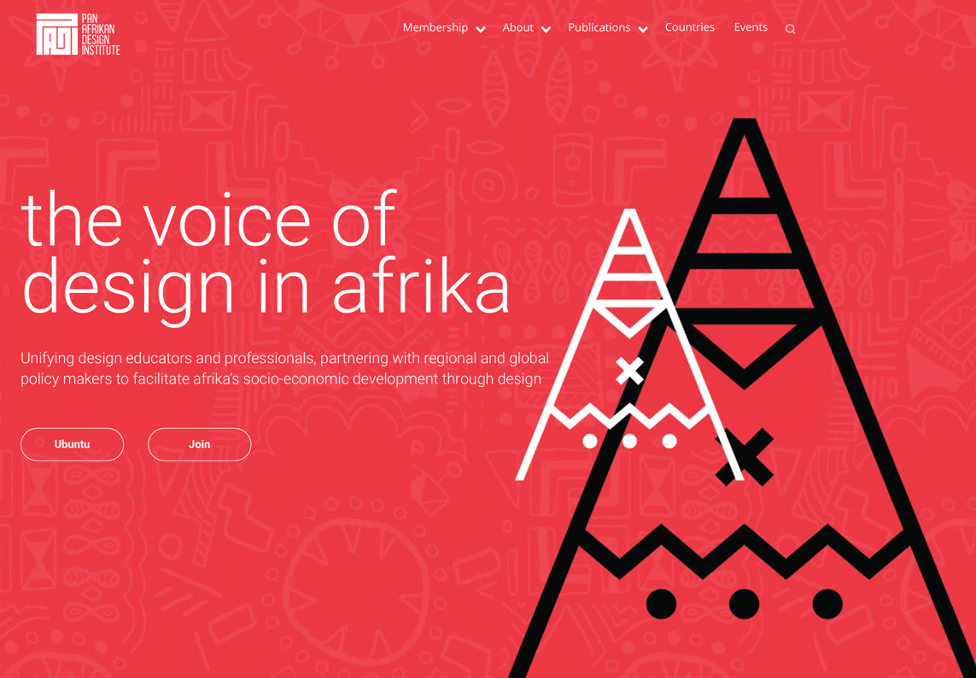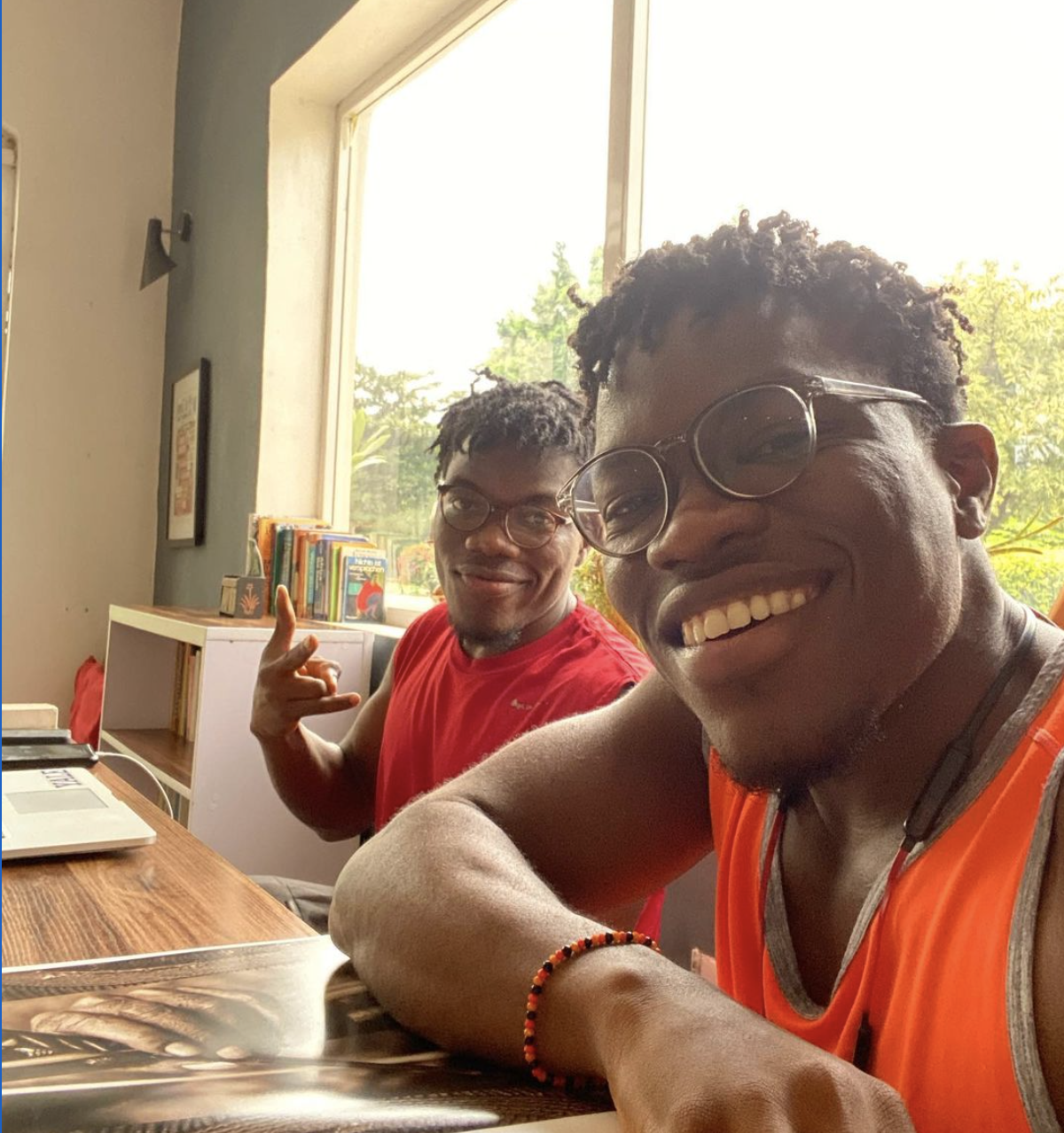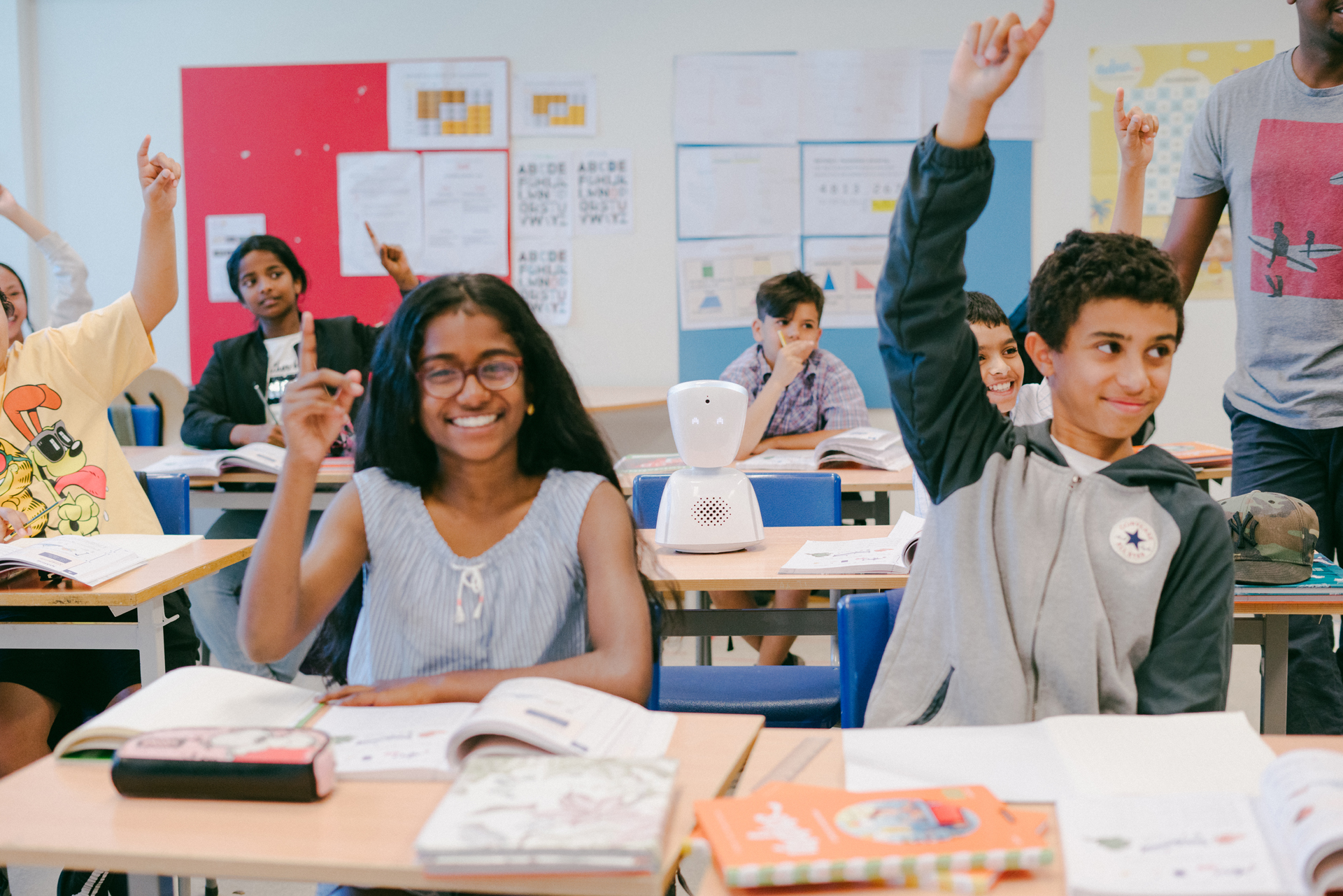
Harriet Gridley|Terms of Service
March 30, 2021
Terms of Service: March Edition
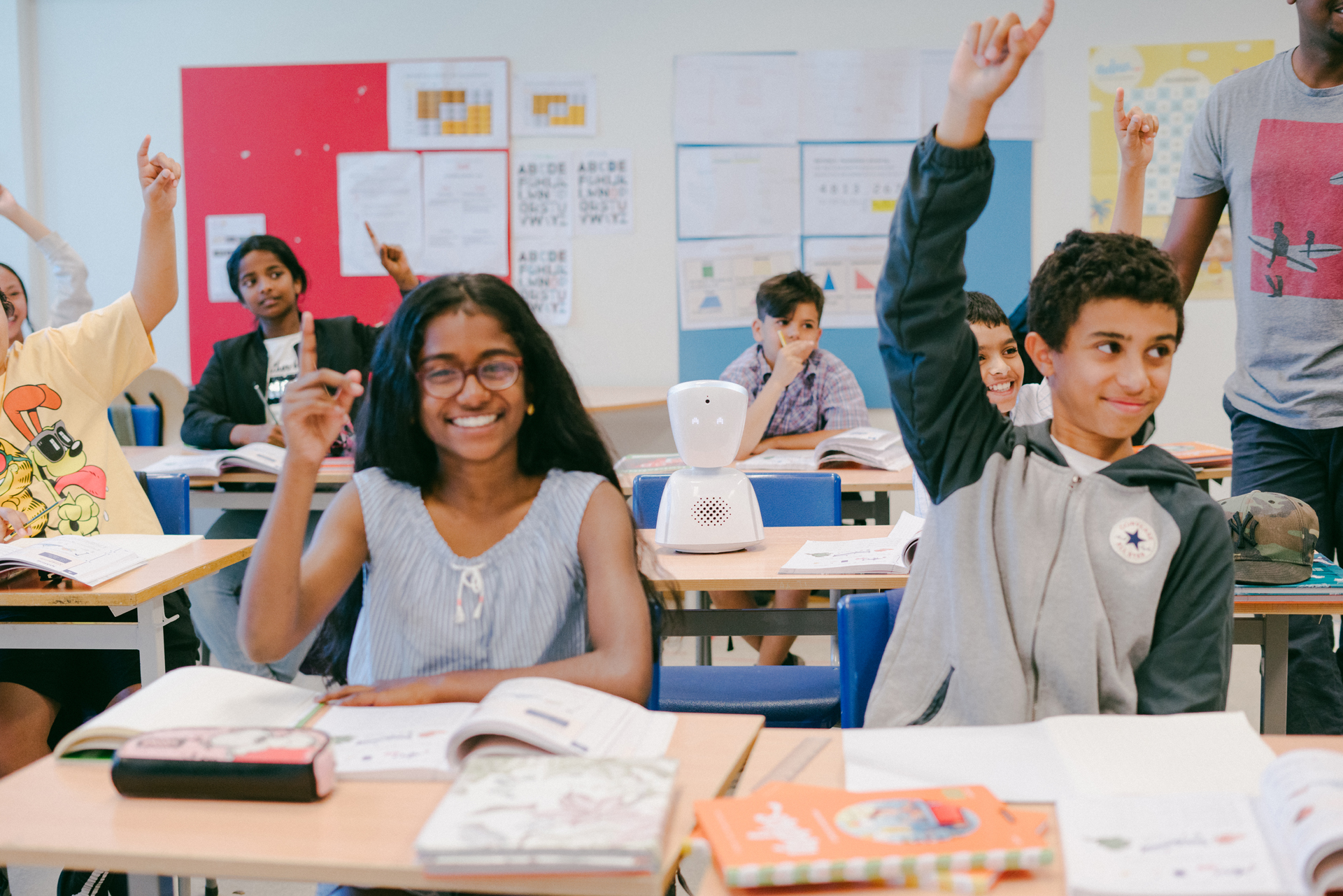
No one who had lived through the lockdowns of the past year could deny that loneliness can exert a dreadful toll on our mental wellbeing, but what is less widely known is that loneliness can also wreak havoc on our physical health. Although the emotional impact of involuntary isolation is no less serious, it is its physical impact that has helped heighten the seriousness with which loneliness is now addressed. In 2018, the UK appointed the world’s first ‘Minister for Loneliness’, and the pandemic has led to others, such as Japan’s appointment of Tetsushi Sakamoto to an equivalent post just this year. But although governments are at last taking definitive steps to address the issue, at No Isolation we believe that to tackle this problem at scale, ‘warm technology’ has an important part to play in levelling the playing field for social interaction.
‘Warm technology’ is the term we coined to describe products that are specifically designed to give those at risk of social isolation and loneliness access to engaging communication experiences. Instead of adapting existing tools such as Skype, warm technology products are built from scratch, with the specific needs of niche user groups as the key building blocks. The result is a highly targeted communication tool that generates a ‘warm’ feeling of connection and belonging.
“When I first fell ill the pain was awful, but the isolation was massively traumatic and far worse. I felt I was disappearing from the world. I used to go to after-school clubs and had friends that felt like family, but when I came out of hospital they had disappeared and I was devastated. This was worse than the diagnosis.” — Jade (17)
There are at least 72,000 young people in the UK who didn’t go back to school on March 8th. Whether suffering from epilepsy or severe anxiety, kidney failure or cancer, it is difficult to remain part of the school community from your bed, confined by a treatment plan, compromised immune system, and often extreme fatigue. Social relationships are not only crucial to wellbeing, but research has revealed that socially isolated children tend to have lower subsequent educational attainment, be part of a less advantaged social class in adulthood, and are more likely to be psychologically distressed. School has always been a powerful tool for levelling the playing field, but that is not the case if you can’t physically attend.
This was the first challenge No Isolation faced when it was founded in 2015. Putting user-centred design principles at the heart of our process, we began by talking to children with a long-term illness, trying to understand their challenges, needs, and wants. There was a clear feeling of having been forgotten, and a strong desire to really physically be in the places they couldn’t. Following distressing experiences of using Skype to connect to school, the children and young people we spoke to told us that they didn’t want to be seen. Their teacher would ask them to turn their camera on, but they didn’t like the way that their peers often reacted to seeing them in pyjamas or with a feeding tube. We knew that the solution had to have a one-way only video stream if it were to be properly adopted.
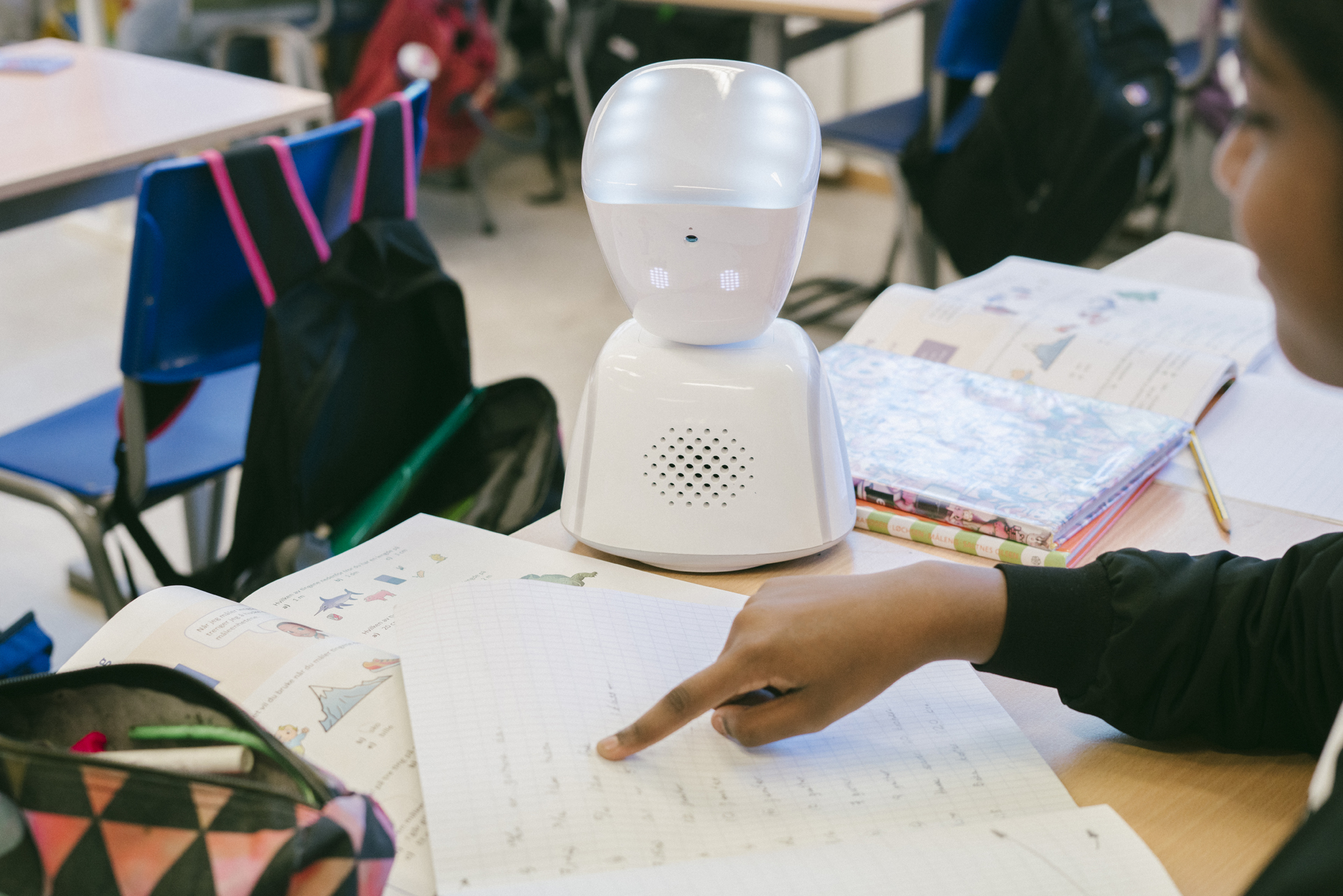
We considered many other factors to ensure a seamless telepresence experience, including 360º movement control, LED eye expressions, and an option to ‘put your hand up’. At roughly 30cm tall, and a portable weight of 1.5kg, our AV1 telepresence robot sits neatly on a desk, or in the hands of a friend in the playground. Our users’ experiences show that maintaining an approachable physical presence at school leads to improvements in wellbeing to support their recovery, and also an increased likelihood of returning to school as soon as it is possible to do so. Today AV1 is provided by 25 local authorities in the UK and used by more than 500 young people, and more than 1,500 across Europe.
Following the successful adoption of AV1 across Europe, we were approached by the Norwegian Cancer Society and asked whether AV1 could be used to support elderly cancer patients, often in rural areas, far from their city-dwelling relatives. Seniors were struggling to engage with the daily digital communication platforms that so many people today benefit from. For many older people, smartphones presented a number of barriers, including the need to remember passwords, having to relearn menu navigation with every software update, small screens, and — most interestingly — unresponsive touchscreens, caused by dry skin on fingertips and reduced circulation.
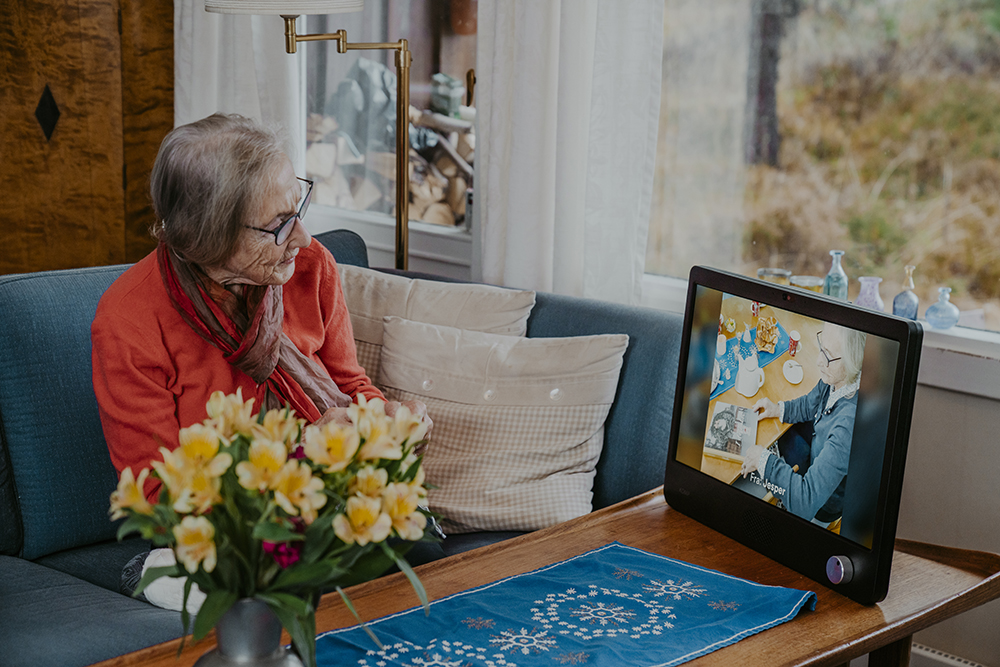
We created KOMP in 2017, three years before the pandemic shut the doors of care homes across the world, to ensure that everyone could have an independent means of digital connection. With just one rotary button, a wide high-definition screen, loud audio capabilities, and in-built 4G connectivity, KOMP is a reciprocal for instant messages and video calls from loved ones or other members of the user’s support network. The functionality may seem simple, but that is where the magic lies: there is no room for error, enabling a seamless and empowering digital communication experience.
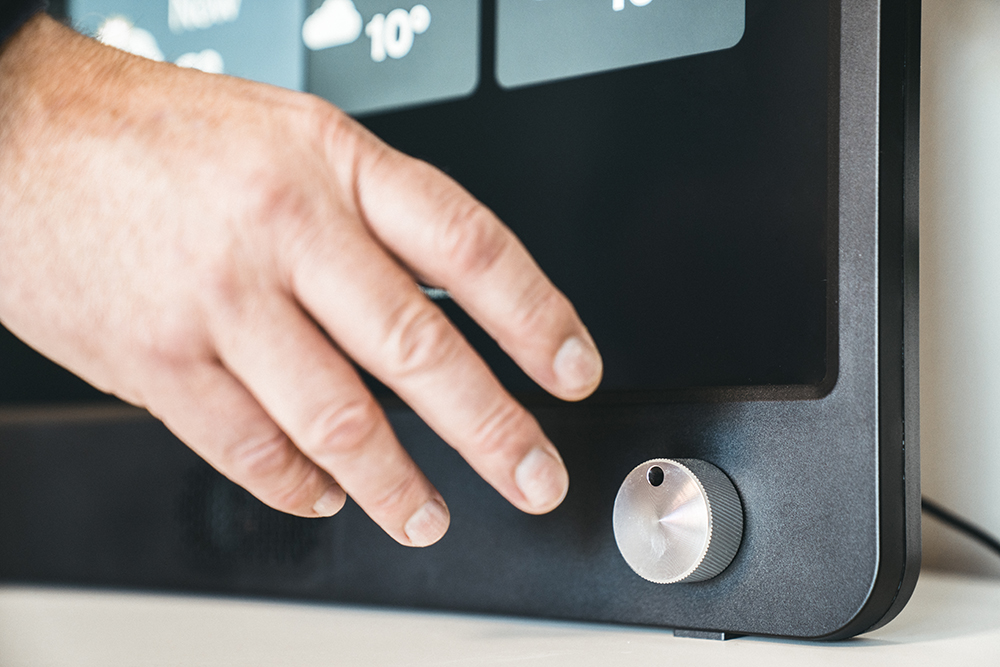
Despite the fact that many neighborhoods and communities have been brought closer together digitally throughout the pandemic, technology designed for the masses presents barriers to many thousands of people with particular needs and abilities. Social isolation is increasing. Whether caused by pandemics, climate change, increased life expectancy, loneliness is creeping up on us and there is an urgent need to find design solutions that will help our communities thrive. When thinking about technology that tackles loneliness, we must stop imagining stand-ins for human connection, such as robotic friends, and instead find comfort in the knowledge that technology, when designed with the right values and priorities, has the power not to replace meaningful human interaction, but to facilitate and enrich it.
Observed
View all
Observed
By Harriet Gridley
Recent Posts
Courtney L. McCluney, PhD|Essays
Rest as reparations: reimagining how we invest in Black women entrepreneurs Food branding without borders: chai, culture, and the politics of packaging Why scaling back on equity is more than risky — it’s economically irresponsible Beauty queenpin: ‘Deli Boys’ makeup head Nesrin Ismail on cosmetics as masks and mirrors


